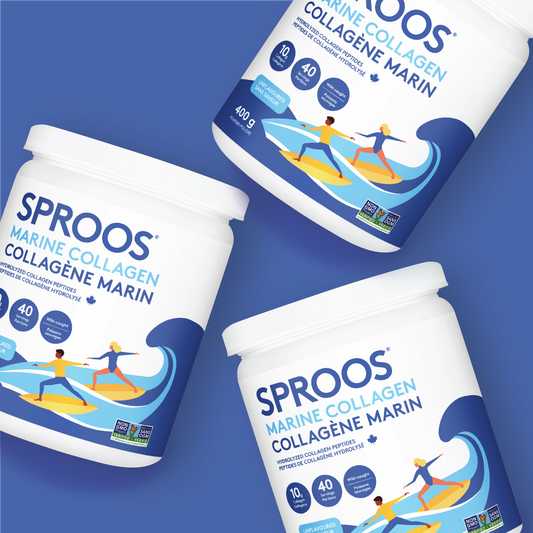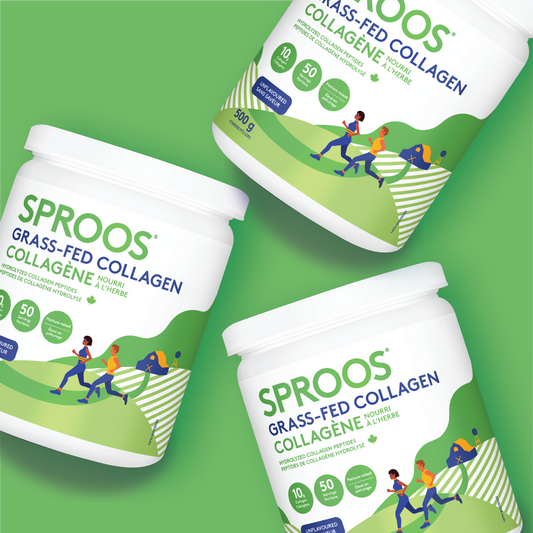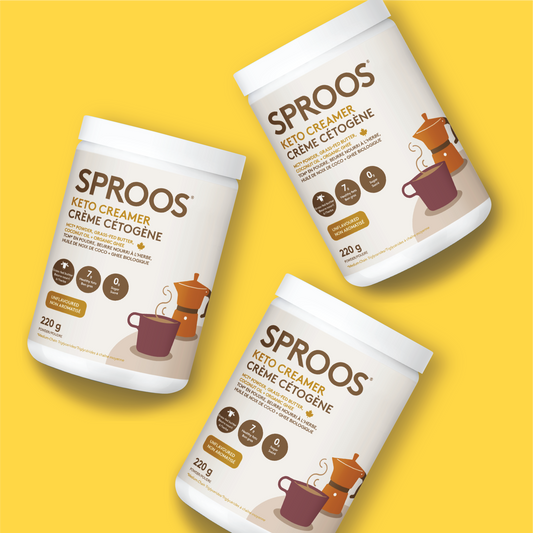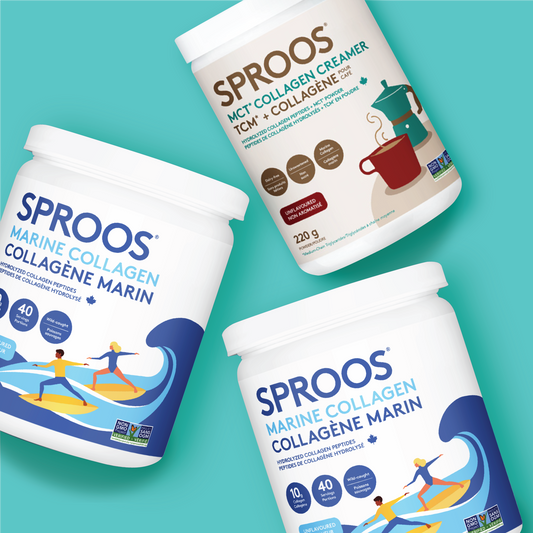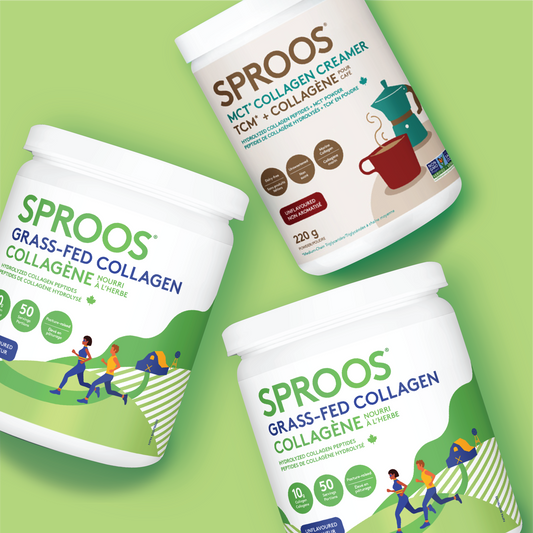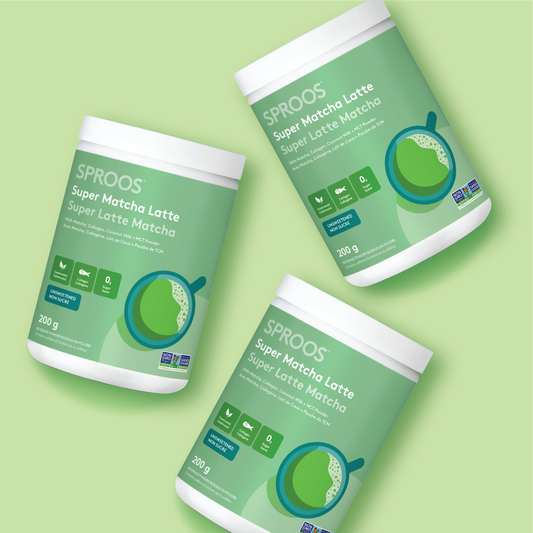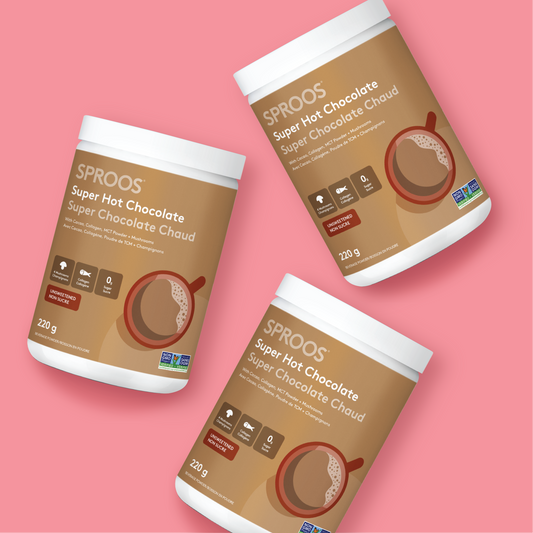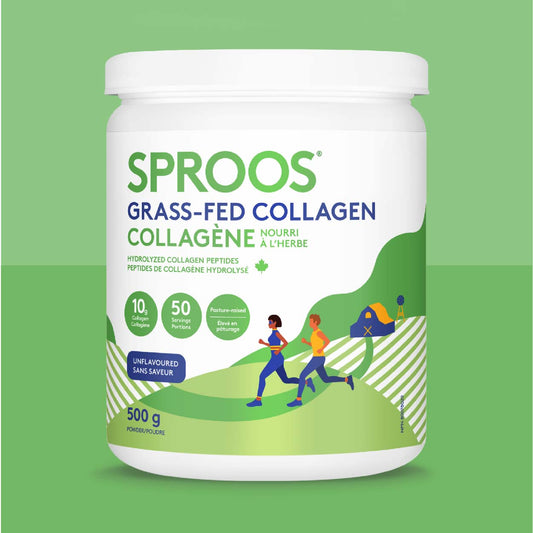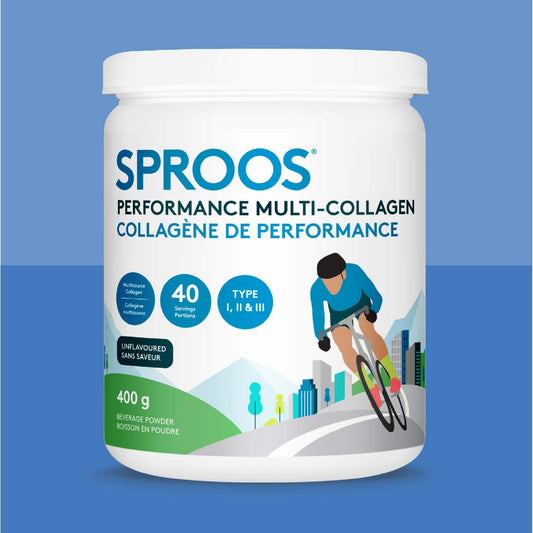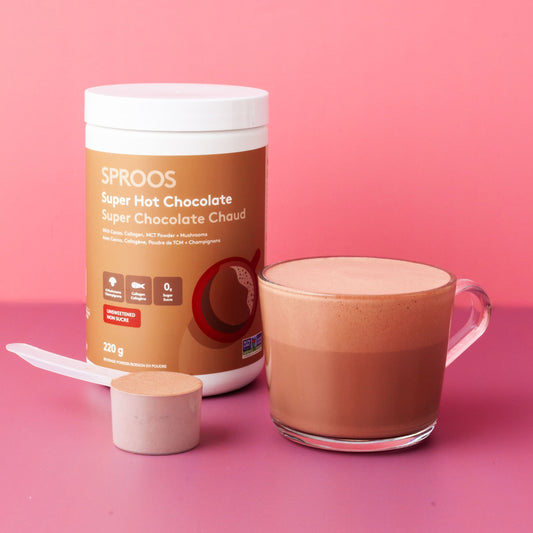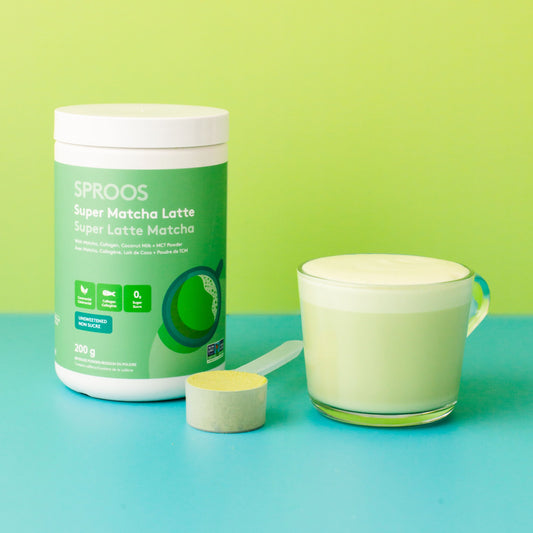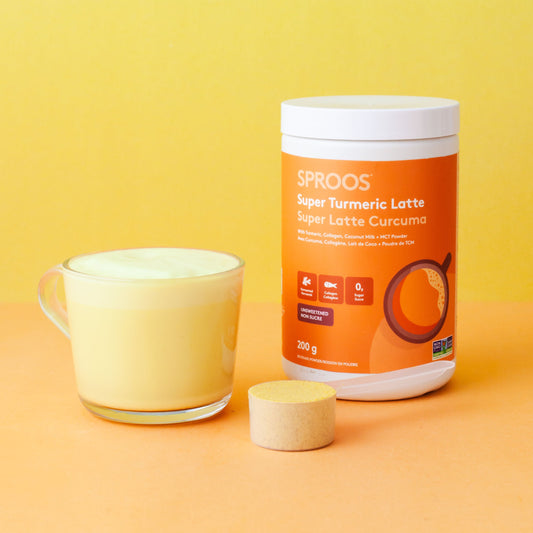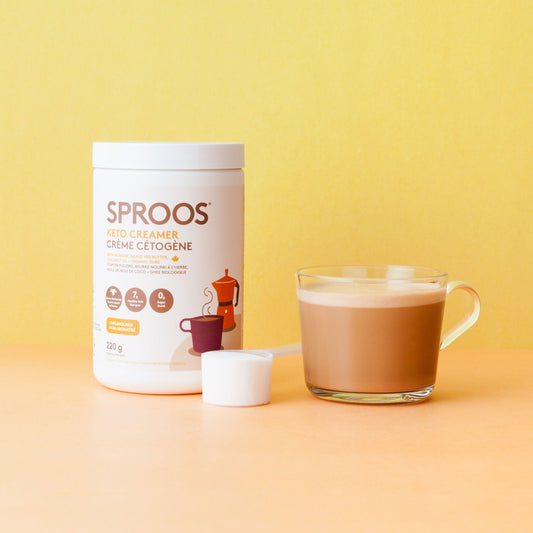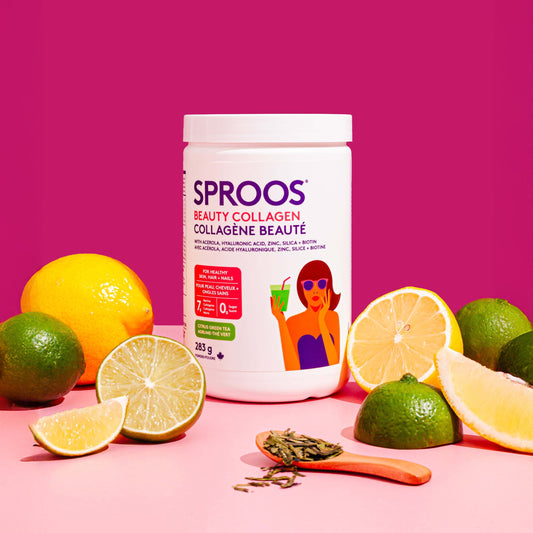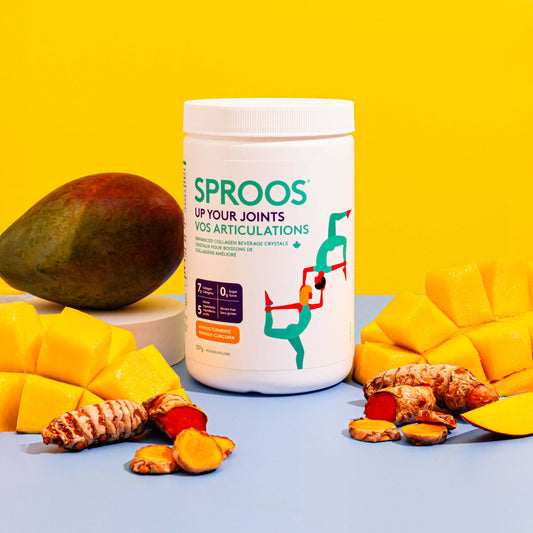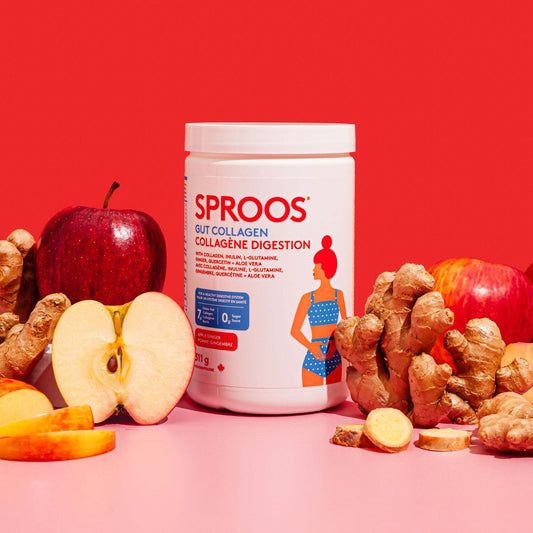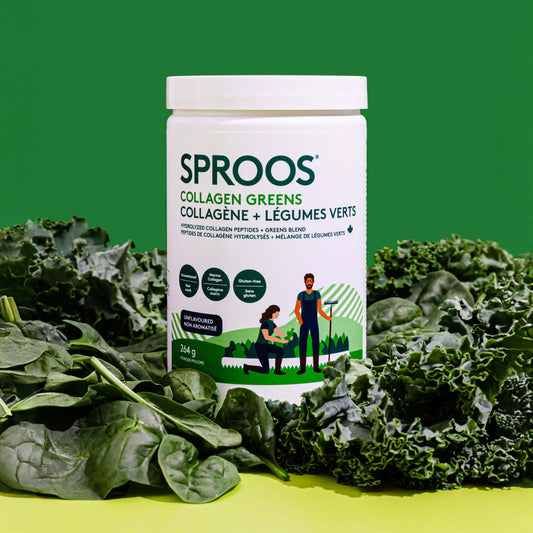Seed cycling has been trending in the health and wellness space, but what is it exactly? The idea behind this practise is that cycling through different types of seeds at different times can help regulate various hormones. Some of the hormones of interest include estrogen and progesterone – both of which are sexual and reproductive hormones. The idea is then that regulating these hormones through seed cycling can help to decrease symptoms associated with one’s menstrual cycle or menopause.
THE MENSTRUAL CYCLE
Before jumping into the depths of seed cycling, it is important to understand the menstrual cycle. There’s a lot of scientific lingo – hormone names, phases of the menstrual cycle, etc. and it is important to be up to speed.
The menstrual cycle is cyclical (recurring) process of hormonal and physical changes that occur in those with uteruses and ovaries as the body prepares for potential pregnancy. On average, it is a 28-day cycle beginning on the first day of what most call a period.
Keep in mind that this is the average cycle. The menstrual cycle varies from person to person.
DAY 1-5: THE MENSES PHASE
- What people often refer to as a period
DAY 6-14: THE FOLLICULAR PHASE
- Levels of the hormone estrogen rise
- Uterus lining thickens
DAY 14: OVULATION
- The ovary releases an egg
DAY 15-28: THE LUTEAL PHASE
- Levels of the hormone progesterone rise
- If the person is not pregnant by the end of this phase, progesterone levels drop, and the cycle begins again
WHAT ARE THE POTENTIAL BENEFITS OF SEED CYCLING?
Seed cycling is often used in naturopathic medicine. The process of seed cycling includes eating the following seeds: flax, pumpkin, sunflower and sesame seeds. Cycling through these seeds can help to ease menstrual or menopause symptoms. Symptoms include:
- helping those with PMS (premenstrual syndrome) and PCOS (polycystic ovarian syndrome)
- improving irregular periods
- reducing hot flashes and night sweats
- boosting fertility
- improving overall well-being
Although these benefits sound fantastic, unfortunately there is currently limited scientific evidence to support these claims. A lot of these health benefits are primarily based on anecdotal evidence. This means that most of the information surrounding seed cycling is based on people’s personal experiences! This is not to discredit anyone’s experience, however it is important to keep in mind moving forward with the rest of this blog post.
Side note: Sexual and reproductive hormones are very difficult to study. Everyone’s levels of said hormones vary – a lot. This makes it hard to conduct studies with people as a “normal” or baseline level of these hormones is quite different person to person. Furthermore, there are so many things that can influence hormone levels in a person; everything from age to environment to external stressors. The list goes on and on. So even when we do conduct studies that investigate hormone levels in people, most of the time we can only draw associations.
SEED CYCLING SCHEDULE
Day 1-13: Flax and pumpkin seeds are to be consumed to boost estrogen levels.
Day 14-28: Sesame and/or sunflower seeds are to be eaten to boost progesterone levels.
There doesn’t seem to be an exact about of seeds that should be consumed, however a tablespoon or two seem to be the most frequent suggestion.
INDIRECT BENEFITS OF SEEDS
Remember how we said there was limited scientific evidence to support seed cycling? Well, there is, but there is some indirect evidence to suggest benefits. Seeds in general are often nutritiously dense meaning they can provide health benefits to the body.
Specifically, seeds are often high in lignans, and this can be said about flax, pumpkin, sesame and sunflower seeds. In fact, flaxseeds are some of the richest dietary sources of lignans. Lignans are polyphenols (and polyphenols are plant compounds that have health benefits), a compound found in plants!
Interestingly, lignans can behave similarly to estrogen! In order for estrogen to exert its effects on the body, it must bind to a cell receptor specific for estrogen. Lignans can also bind to estrogen receptors but have much weaker effects than estrogen. Because of this, lignans can either exert estrogenic or anti-estrogenic effects. Estrogenic means that the lignans will contribute to the activity of estrogen. Anti-estrogenic means that the lignans will block the activity of estrogen since the two can bind to the same receptors. While this is a complex topic that still requires more research and understanding, it is interesting to note!
As mentioned, seeds are a good source a variety of nutrients. This includes zinc and vitamin E. Both zinc and vitamin E contribute to antioxidant activity in the body. Antioxidants are important in the diet because they help to remove reactive oxygen species (also called ROS). ROS are molecules that accumulate in our bodies and can cause damage to our cells. High levels of ROS in the body (or the body being in a state of high oxidative stress; oxidative stress = increased levels of ROS) is linked to decreased fertility. As such, it is important to be incorporating foods into the diet that have high antioxidant activity – like seeds!
THE BOTTOM LINE
Seeds are very nutritious and can be an excellent addition to your diet! While there may not yet be a ton of scientific studies to support this practise, many people have had much success. Seeds are easy to add to many meals and can provide a great nutritious boost!
Have you tried seed cycling before? What was your experience? Make sure to share with us on social media!
SOURCES
- Dixon, R. A. (2004). Phytoestrogens. Rev. Plant Biol., 55, 225-261.
- Phipps, W. R., Martini, M. C., Lampe, J. W., Slavin, J. L., & Kurzer, M. S. (1993). Effect of flax seed ingestion on the menstrual cycle. The Journal of Clinical Endocrinology & Metabolism, 77(5), 1215–1219.
- Ruder, E. H., Hartman, T. J., & Goldman, M. B. (2009). Impact of oxidative stress on female fertility. Current Opinion in Obstetrics & Gynecology, 21(3), 219–222.
- The normal menstrual cycle in women. (2011). Animal Reproduction Science, 124(3–4), 229–236.


